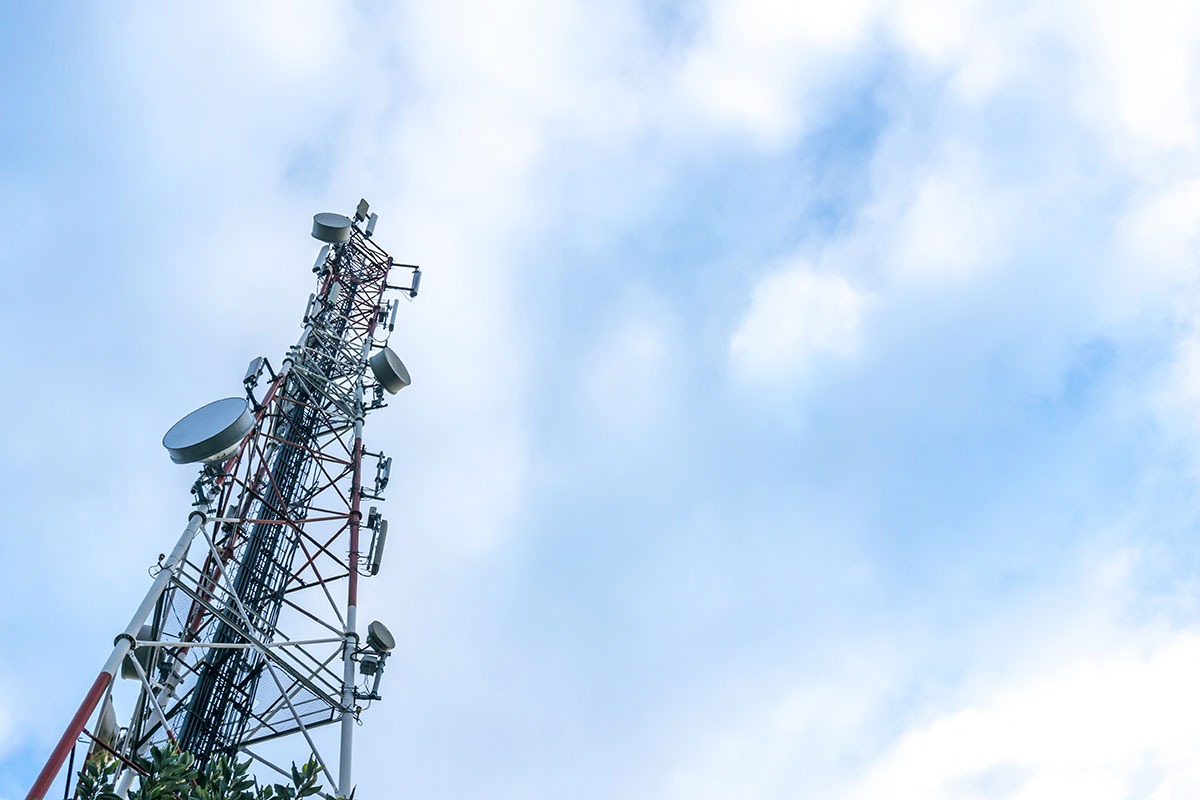The IoT has grown from a small category of devices to now one of the world’s largest engineering trends. It is relied upon by businesses and has made strides into consumer technology. This has not only highlighted the immense opportunity to develop great products, but it has also brought several key wireless design challenges to the fore.
For several years, the GSM (and thus 3GPP) had high speed, highly powerful wireless capabilities on their agenda, in the form of 4G/LTE. IoT device designs were left to tackle the challenges of traditional cellular technologies for their devices, but now the smartphone revolution is upon us the agenda has changed.
The Narrowband project was undertaken by the 3GPP to bring licensed spectrums up to speed with the needs of modern IoT devices. NB-IoT has been developed to provide low power, deep coverage to the less talkative IoT products, even those situated underground or in rural areas.
Now the IoT has caught the eye of the big mobile network operators, few are doubting the future of NB-IoT, but given the lengthy time it takes to get new standards formalised and off the ground, we are in a void. The best choice of technology depends on your application, your brief and the timeline for your launch.
These factors combined mean that IoT devices have a number of unique challenges that could detrimentally affect the performance and function of a device.
Licensed vs. unlicensed spectrum
NB-IoT is standard that has been developed to provide a solution for low-power devices that cannot realistically achieve short-range connectivity. This often requires connecting devices in rural areas and in deep indoors environments (such as underground or tunnels).
There are several benefits that come with a licensed wireless technology, including:
- Guaranteed quality of service – it can be assured that within a regulated spectrum, services will operate within the stated frequency/band
- No duty cycle limitations – increasing the transmission power, thus enabling deeper coverage
- Raised downlink capacity – which can enable firmware updates over-the-air
LPWA alternatives, like LoRaWAN, Sigfox and Weightless-P operate on the unlicensed spectrum, which brings some restrictions to their usage and potential application possibilities.
However, NB-IoT is not completely advantageous as a technology. There are a few political factors which are likely to limit the global rollout of the standard, especially given that there are two competing standards for the NB-IoT technology. At present, Huawei and Vodafone are advocating one standard, whereas Ericsson supports another. There is also the issue of existing 4G network infrastructures, which could limit the rollout of the technology.
Your application
Technologies that are categorised as LPWAN do not have to conform to the standards of NB-IoT. Each network has a few important differences, and these variations between technologies should be considered before you make a final decision.
Narrowband-IoT, as a licensed spectrum, is able to offer superior levels of deep coverage, thus provide connectivity to devices in deep indoors or rural environments. If the primary objective of your brief is to create a device that is always connected, then this may be your best option. There are also additional security features that come with in-band or guard band deployment, which includes secure encryption and data authentication.
Sigfox is one of the older technologies. It focuses on uplink connectivity and suits relatively quiet devices that need only transmit a few bytes of data infrequently. This is best suited to moving applications such as bicycle trackers.
LoRaWAN is more similar to NB-IoT than Sigfox, in that it is bidirectional and requires a similar operating bandwidth. The radio, however, is licensed to specific manufacturers and thus does not benefit from the same economies of scale at, say, Sigfox or NB-IoT. This is best suited to stationary monitoring or metering applications.
Weightless-P is another bidirectional technology, which supports firmware updates over the air. Additionally, duty cycle limits do not apply, as it works on the narrowband and frequently hops frequency.
Ground plane space
New LPWA technologies have inspired entirely new categories of IoT devices, such as meters and smart sensors, which are located underground or deep inside buildings. Devices are typically small and designed to integrate with their operating environment. However, this can lead to difficulties when it comes to ground plane length.
Sub-GHz frequencies mean that antennas need to have 90-120mm of ground plane length to perform well. Additionally, the antenna itself needs to be larger, and this will take a larger footprint on your circuit board. If your device does not have the required ground plane size, there will be a serious compromise on performance.
Battery longevity and antenna performance
There are a number of factors in your design that will determine the return loss and efficiency of your antenna. This includes the position of your antenna and the layout.
NB-IoT promises to deliver 10-year battery lives to devices, even on single-cell batteries, however, actually achieving this requires careful consideration for how you integrate your embedded antenna.
Enclosure material selection
Many of the cited applications for LPWAN technologies involve devices that are robust, and with the battery life potential, these types of devices can be connected and almost forgotten about. However, this does require that the enclosure is similarly built to last.
Metal enclosures are not antenna friendly, and therefore you should consider your options if your brief stipulates that your product needs one.
Conclusion
The influx of LPWAN technologies has gone some way to invoke a surge in IoT device development. As there are now more possibilities to grow our interconnected network of devices, more challenging briefs are landing on the desks of product designers.
Of the challenges that have arisen from this surge is the need to achieve efficient antenna performance. Given that these technologies operate on sub-GHz frequencies, and devices are typically designed to occupy as little space as possible, it can cause design trade-offs in the earliest stages of a design.
The most important thing to do is review and select an appropriate wireless solution before you begin your design project. Simply adding an antenna after you have finished designing the rest of your device is cause for disaster, and may involve completely redesigning a product. For this it is vital you have the guidance you need to get positive wireless performance from your product.




